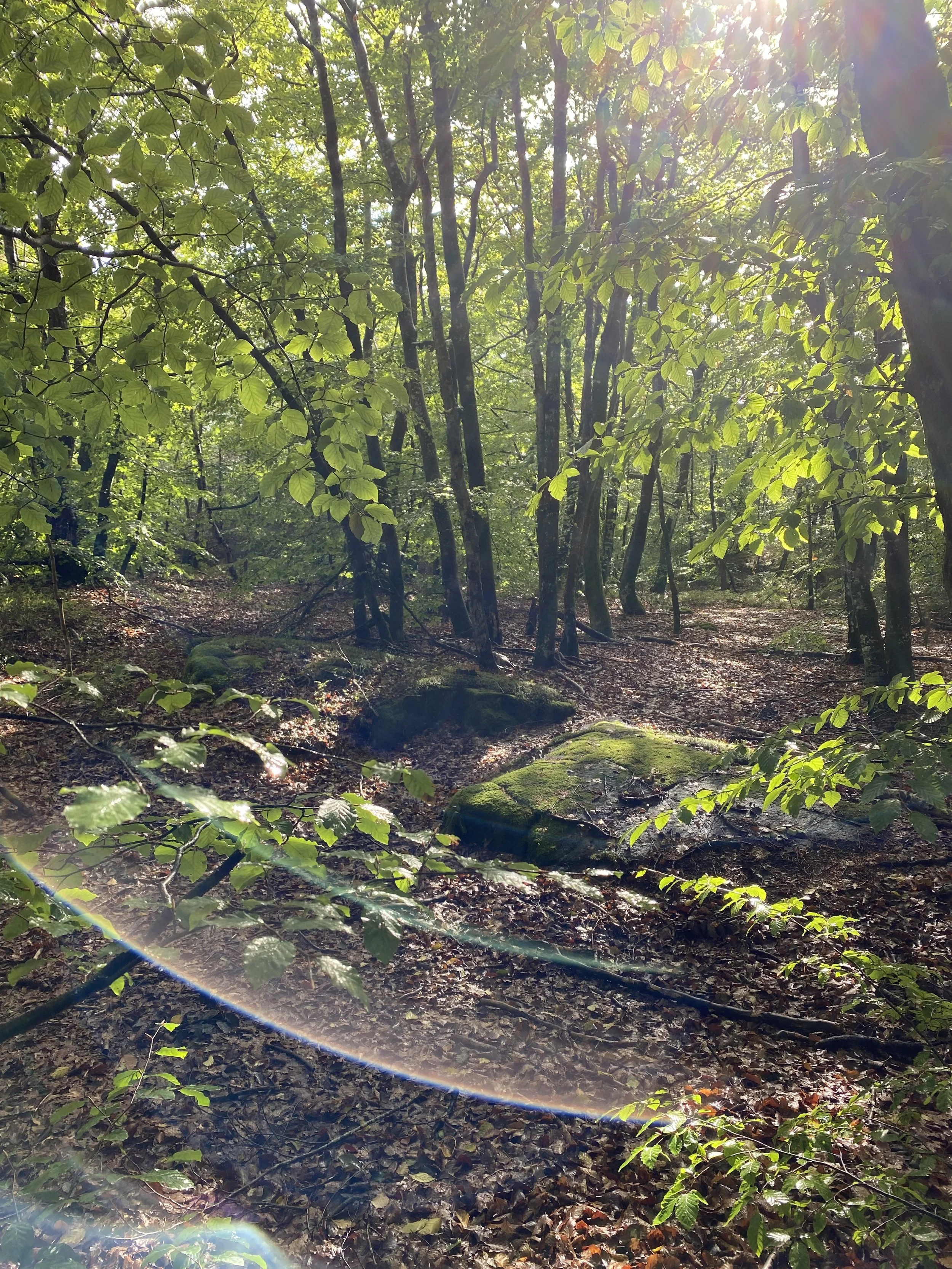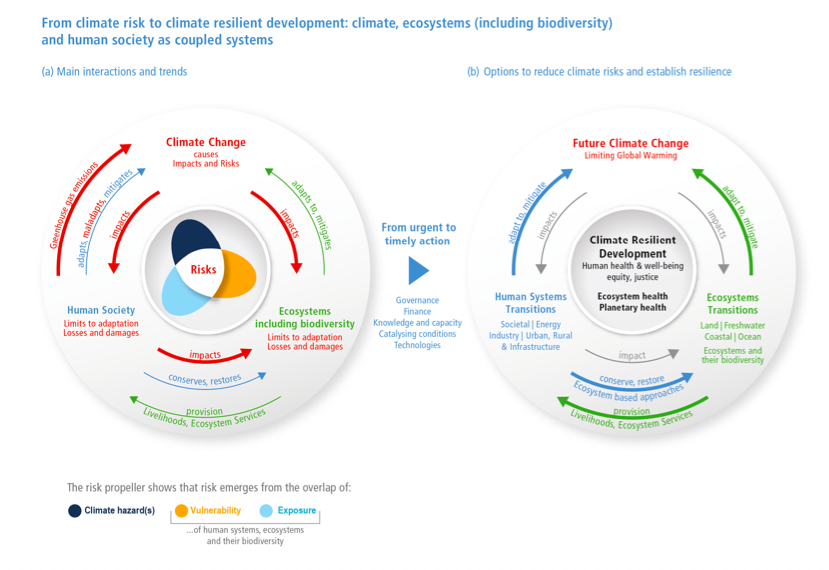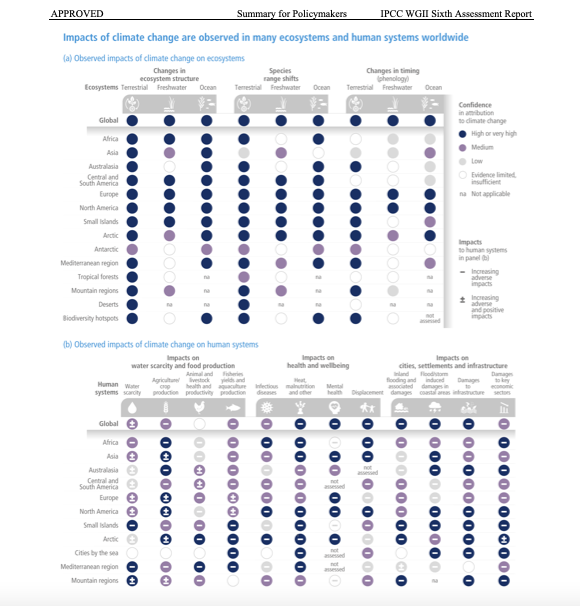Først og fremst - vi kan kalle det super-COP, fordi hvert 5. år av FNs klimakonferansen COP er det noe ekstra viktig som skjer. Nå starter femårsperioden mot 2030 der verden har forpliktet seg til å nå 1,5 graders målet.
I år, på COP30, som finner sted i Belém, Brasil, fra 10. til 21. november, er et av hovedpunktene at alle land skal melde inn skjerpede nasjonale klimamål.
Men hvordan kan du få din stemme til å bli hørt, selv om du ikke skal dra til Brasil?
Det beste du kan gjøre er å vise de som skal representere oss i forhandlingene at du bryr deg. Norges befolkning bryr seg fortsatt om klimaet.
Hvis du er litt old school kan du skrive leserinnlegg - husk at politikere leser fortsatt aviser. Både til din lokalavis, der sjansen for å komme på trykk er god! Eller i en riksdekkende avis som Aftenposten, eller som en ytring til NRK.
Eller så kan du bruke plattformer som sosiale medier til å vise engasjementet ditt og bidra til å spre oppmerksomheten når noe viktig foregår på COP.
Du kan også hjelpe og løfte frem stemmene til andre som vil bli hardt rammet av klimaendringene, som urfolk, de som bor på små øystater, eller fra det globale sør.
En annen måte du kan bidra på nå før COP er å bli medlem i en av de store miljøorganisasjonene; WWF, Naturvernforbundet, Greenpeace og Natur og Ungdom. Disse organisasjonene reiser ned på klimaforhandlingene for å gjøre sitt beste for å sikre en sterkest mulig avtaletekst. Og med en større medlemsmasse kan de vise til at store deler av det norske folk støtter dem.
Vi har også akkurat fått et nytt statsbudsjett - en annen måte du kan engasjere deg for klimaet er ved å gjøre et av de politisk partiene som kjemper for å gjøre Ap grønnere, som MDG, SV og Rødt sterkere ved å bli en av deres medlemmer. Du stemte ved valget og nå er du gira på at stemmen din blir fulgt opp i reel poltikk.
Sist men ikke minst, følg med på nyheter om COP, snakk om det i nettverket ditt; med venner, familie, på skolen, på jobb. Og minn dem på at deres stemme også teller. FN representerer oss alle for å gjøre jorda mest mulig levelig.
Det er omtrent ingen av de problemene som finnes i verden i dag som vil bli bedre av et mer ustabilt klima. En trygg klode er grunnlaget for alt. Derfor er COP viktig, og derfor er det viktig at vi benytter de sjansene vi har, som COP, til å si ifra at verden bryr seg.











































